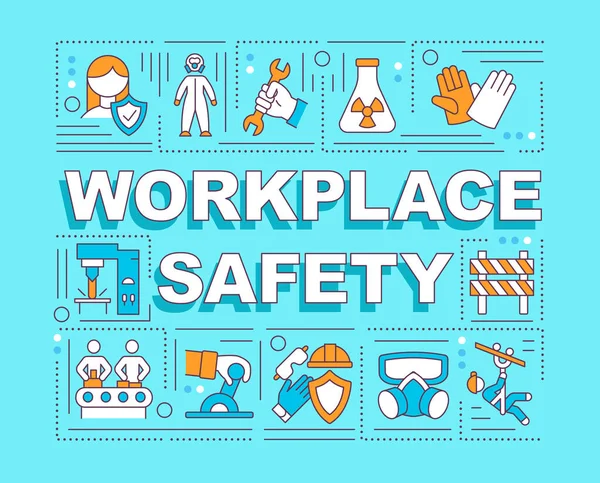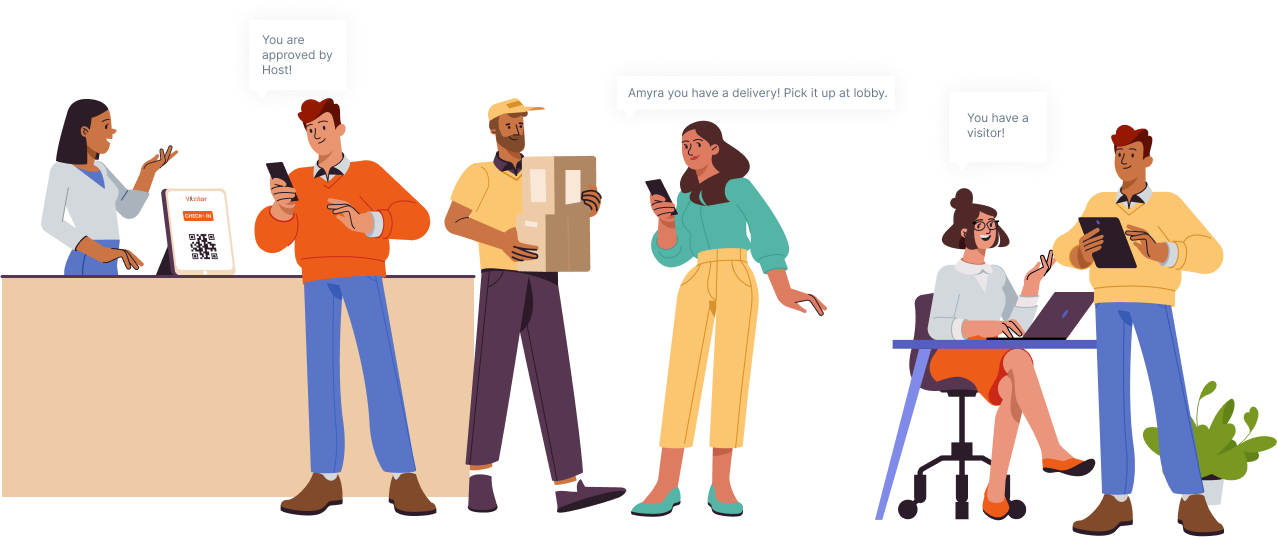Table of Content
Try Vizitor for Free!

Mon, Jun 3, 2024
Read in 5 minutes
According to DST, the implementation of touchless technologies in workplaces has been shown to reduce the spread of viruses by up to 80%.
The significance of maintaining a safe and healthy work environment has never been more critical. Touchless technologies have emerged as a pivotal solution in safeguarding workplaces against the spread of viruses. These innovative technologies minimize physical contact and promote a hygienic workspace, thereby protecting employees and enhancing overall work productivity.
Viruses pose a serious threat to both employees’ health and work productivity. When employees fall ill, it leads to increased absenteeism, which disrupts workflow and reduces overall efficiency. Moreover, the fear of contracting a virus at work can lead to heightened stress and decreased morale, further impacting productivity. Implementing touchless technologies can alleviate these concerns, fostering a safer and more focused work environment.
By adopting touchless solutions such as automated doors, contactless check-ins, and sensor-activated touchless sanitizer dispenser, businesses can create a safer and more efficient workplace. These technologies not only protect the health of employees but also ensure that business operations continue smoothly without the interruptions caused by viral outbreaks.
How Has Touchless Technology Changed The Workplace
Touchless technology has completely changed how businesses work, making workplaces safer and more efficient. Here’s a look at the main changes touchless technology has brought:
1. Better Hygiene and Safety
Touchless technology makes workplaces much cleaner and safer. Automated systems like sensor-activated doors, contactless check-ins, and touchless restroom fixtures reduce the need for touching surfaces. This helps lower the risk of spreading viruses and keeps the work environment cleaner, protecting employees’ health.
2. More Efficiency and Convenience
Touchless technology makes daily tasks easier and faster. Employees can enter buildings, check-in, and move around without touching anything. This saves time and makes the work experience smoother and more pleasant.
3. Higher Employee Confidence and Morale
Knowing that the workplace has advanced touchless technology can make employees feel more secure. When employees feel safe from health risks, they are more likely to be happy and productive. This sense of security leads to a positive work atmosphere, motivating employees to do their best.
4. Increased Productivity
Touchless technology helps reduce the spread of illness, which means fewer sick days for employees. This keeps projects on track and productivity high. Also, the time saved with automated processes lets employees focus on more important tasks, further boosting productivity.
5. Preparedness for Future Challenges
Having touchless technology in place prepares businesses for future health issues. As companies adapt to new health standards, touchless systems ensure they are ready to handle similar challenges in the future. This readiness is key for long-term success and sustainability.
6. Innovation and Competitive Edge
Using touchless technology shows that a business is forward-thinking and innovative. Companies that invest in these technologies show they care about employee welfare and operational excellence, giving them a competitive advantage. This innovation attracts top talent and helps retain valuable employees, strengthening the company’s position in the market.
Touchless Technologies You Should Implement at Your Workplace
To create a safer and more efficient work environment, consider implementing these touchless technologies at your workplace:
1. Sensor-Activated Doors
Automatic doors that open and close with sensors eliminate the need for touching handles. This reduces the risk of spreading germs and makes it easier for employees to move around the office.
2. Contactless Check-In Systems
Implementing systems where employees and visitor check inusing their smartphones or facial recognition ensures a smooth and hygienic entry process. This can also enhance security by accurately tracking who is in the building.
3. Touchless Restroom Fixtures
Equip restrooms with sensor-activated faucets, soap dispensers, and hand dryers. These fixtures minimize contact with surfaces, significantly reducing the spread of bacteria and viruses.
4. Voice-Activated Devices
Voice-activated assistants and controls can manage tasks such as adjusting lighting, setting up meetings, or making announcements. This technology reduces the need for physical interaction with shared devices and surfaces.
5. Automatic Sanitizer Dispensers
Install touchless hand sanitizer dispensers throughout the workplace, especially in high-traffic areas. This encourages frequent hand sanitization and helps maintain a germ-free environment.
6. Smart Temperature Screening
Use touchless thermal scanners at entry points to check the temperature of employees and visitors. This helps identify potential health risks and prevent the spread of illness within the workplace.
7. Mobile Payment Systems
Encourage the use of mobile payment systems in the office cafeteria or vending machines. This eliminates the need for cash transactions and reduces the risk of contamination.
8. Touchless Elevators
Implement touchless elevator systems where users can select floors using gesture controls or a smartphone app. This minimizes contact with commonly touched surfaces.
9. Automated Meeting Room Booking
Use touchless systems for booking meeting rooms through mobile apps or voice commands. This streamlines the scheduling process and reduces the need for physical interaction with booking devices.
10. Digital Visitor Management Systems
Adopt touchless visitor management systems that allow guests to pre-register and check in using their smartphones. This not only enhances security but also creates a seamless and hygienic visitor experience.
Wrapping It Up
In conclusion, the integration of touchless technologies has become essential for modern workplaces, offering a myriad of benefits ranging from improved hygiene and safety to enhanced efficiency and productivity. These technologies not only reduce the risk of viral transmission but also streamline operations, boost employee confidence, and prepare businesses for future challenges.
Vizitor plays a pivotal role in touchless technology management by providing comprehensive solutions for visitor management. With Vizitor, businesses can implement touchless check-in processes using QR codes or mobile apps, reducing physical contact and enhancing security.
Additionally, Vizitor offers features such as automated notifications, health screening questionnaires, and touchless badge printing, ensuring a seamless and hygienic visitor experience. By leveraging Vizitor’s innovative touchless solutions, organizations can create a safer and more welcoming environment while staying at the forefront of technological advancements in the workplace.












